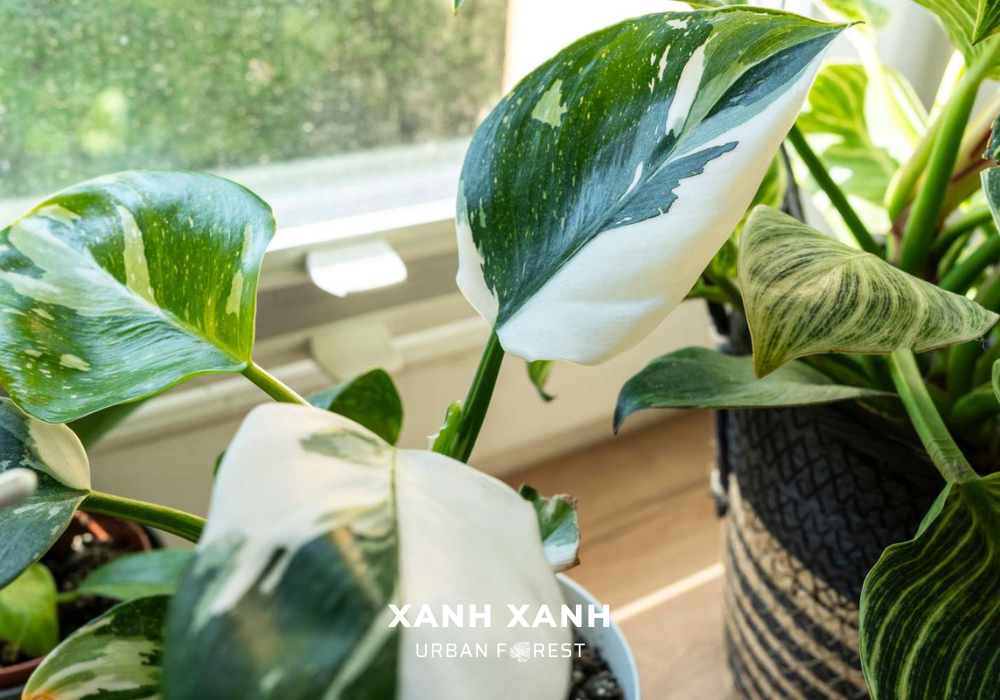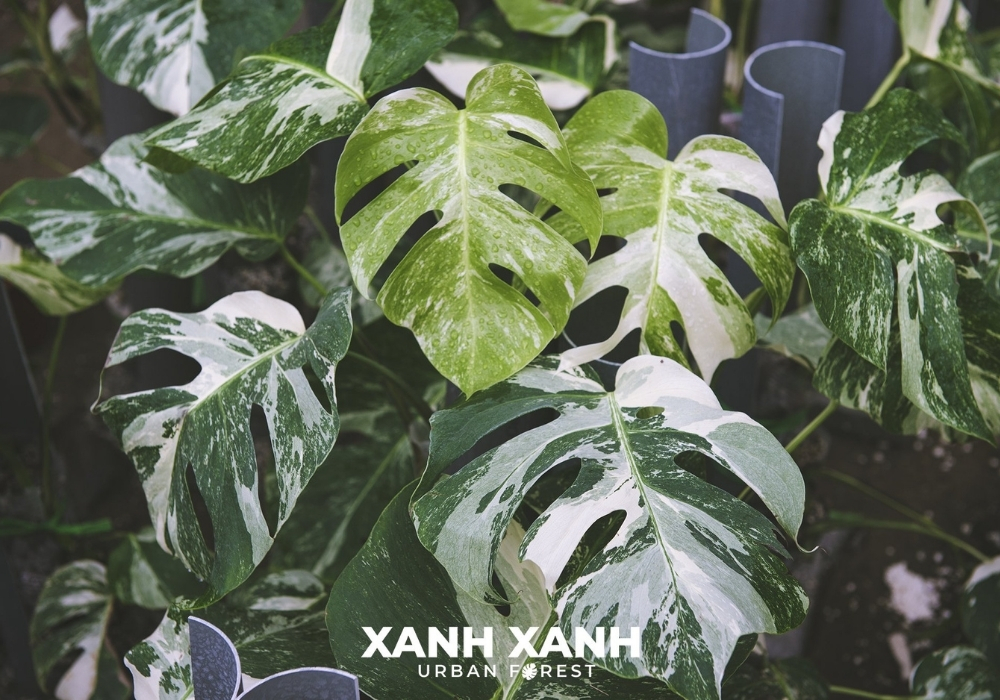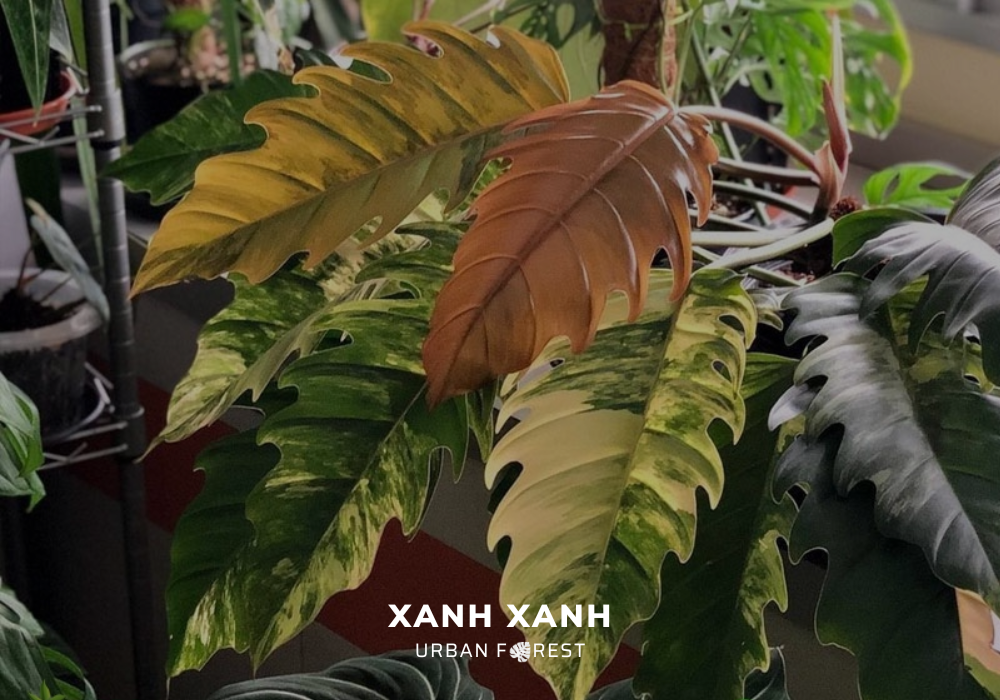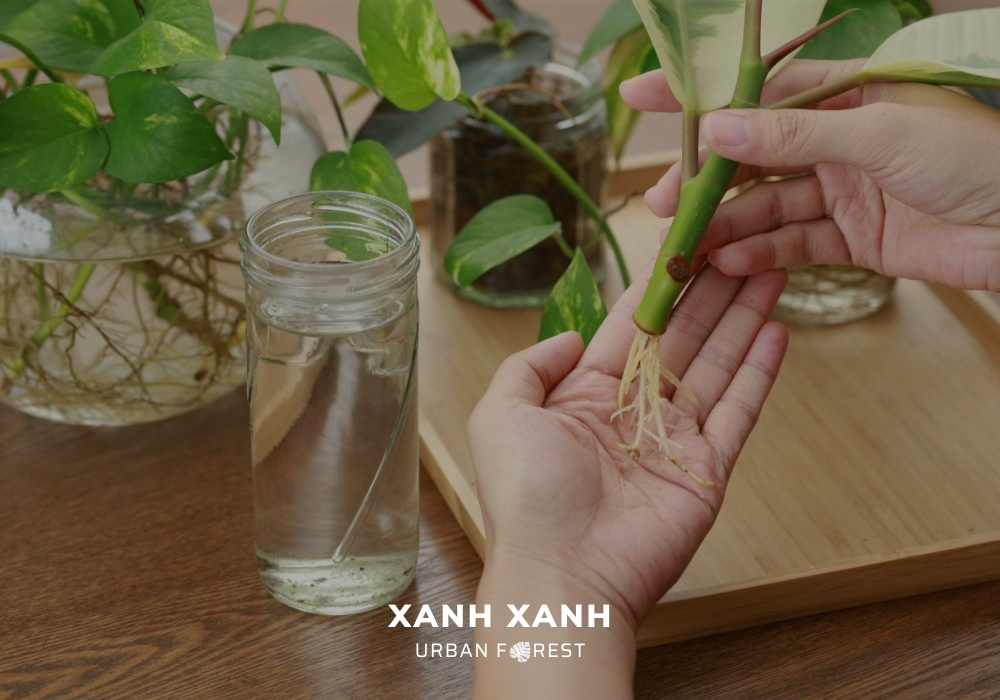Table of Contents
1. Introduction to Philodendron White Princess
- Common name: Philodendron White Princess
- Scientific name: Philodendron erubescens ‘White Princess’
- Family: Araceae
- Origin: Colombia and Costa Rica

2. Plant Identification
It is recognized that this species is a hybrid of the Pink Princess Philodendron. Their leaves are variegated in white and green, with a variety of white patterns. The petioles are often dark pink, which is why the plant is commonly called the “White Princess”.
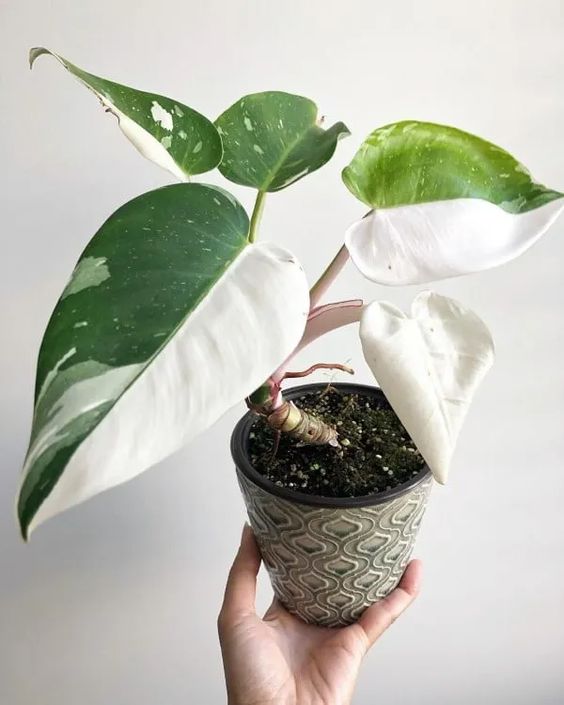
The actual origin of the Philodendron White Princess is still unknown, however its forebears are said to have come from Colombia and Costa Rica. Whether it was naturally occurring or purposefully hybridized is unknown.
This plant is a rare and highly sought-after variegated foliage plant. It is a medium-sized vining plant when grown in a pot and can climb up to 4 meters tall if grown outdoors.
3. Plant Care
3.1. Light
As a typical example of colorful plants, the Philodendron White Princess requires more light than ordinary philodendrons. This hybrid Philodendron is best suited for filtered or indirect lighting. It would be best to place the plant in a window with an easterly orientation. Morning sunshine is ideal for Philodendron White Princess, however afternoon sunlight should be avoided as it might burn the foliage. Use plant spectrum LED lights to augment the plant’s light if it is located in an area with insufficient natural light.

3.2. Water
If your Philodendron White Princess is planted in a medium with a lot of bark and air, water it daily. Ensure that the water passes through the medium and doesn’t pool at the pot’s bottom.
You can also soak the pot and medium separately in water for a few hours to allow the bark and plant to absorb water. Drain any excess water from the pot before placing the Philodendron White Princess back in its pot.
Soaking the bark can be repeated every few days. It’s important to keep this kind of medium from drying out.
When watering your White Princess again, wait until the top inch or two of the soil dries up if you planted her in ordinary potting mix.
3.3. Potting mix
A well-draining potting mix will be ideal for the growth of all your aroids, including White Princess. Aroids grow mostly on tree trunks in their natural habitat, sinking their roots into the earth to get nourishment from fallen leaves and branches. This implies that thick, peat-based soil is not the best place to plant philodendrons. This kind of soil will eventually compress, suffocating your White Princess’s root development.
The potting mix for Philodendrons must be airy, light, and well-draining while retaining moisture. For aroids, try this fantastic potting mix recipe:
- 10% Sphagnum moss
- 10% Perlite
- 10% Vermiculite
- 10% Coco coir
- 40% Pine bark fines
- 20% Sphagnum peat moss
You can also add activated charcoal to help cleanse and improve the drainage of the potting mix.
3.4. Fertilizer
Most plants gain from a monthly fertilizer boost in the spring and summer. You only need to dilute a balanced liquid fertilizer to half its original strength. Use the fertilizer solution to supply nutrients to your plant when you water it. After fertilizing, be sure to rinse the pot with plain water to avoid fertilizer buildup.
3.5. Temperature
As a tropical plant, Philodendrons do not tolerate cold temperatures. The optimal temperature for Philodendron White Princess is 26°C–30°C (79°F–86°F). Most Philodendrons grow fastest at this temperature. If you need to maintain a cooler temperature for a comfortable living space, you should still keep the room temperature above 22°C (72°F), which is sufficient for the Philodendron White Princess to thrive.
Do not let the room temperature drop below 17°C (63°F). Low temperatures will severely damage your White Princess.
3.6. Humidity
White Princess Philodendrons responds to typical humidity levels. However, raising the humidity as much as possible—ideally to 80%–85% – will improve the plant’s growth. We can put the plant and potting mix in a bigger pot to boost humidity. In order to keep water in the pot, we may also add gravel or Leca clay pebbles underneath it, or we can even set a tray full of water next to the plant. The water evaporating will produce a humid wind circulation surrounding the plant. However, we must still ensure that the plant roots are not immersed in water.

4. Common Problems
The Philodendron White Princess is a relatively low-maintenance plant, but it is still susceptible to a few common problems. Here are some of the most common problems you may encounter with your Philodendron White Princess:
Pests: Philodendron White Princess is susceptible to a number of pests, including mealybugs, spider mites, and scale insects. These pests can damage the plant’s leaves and stems and can even kill the plant if left untreated.
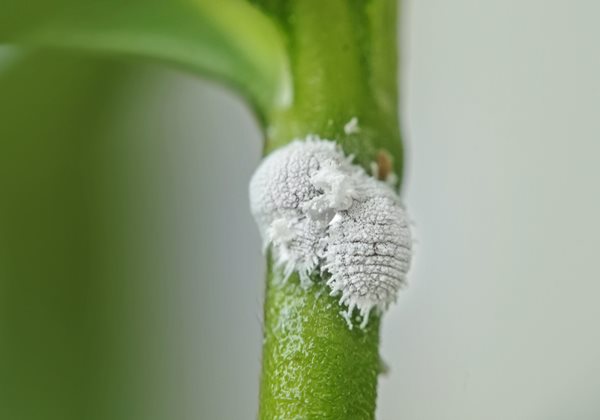
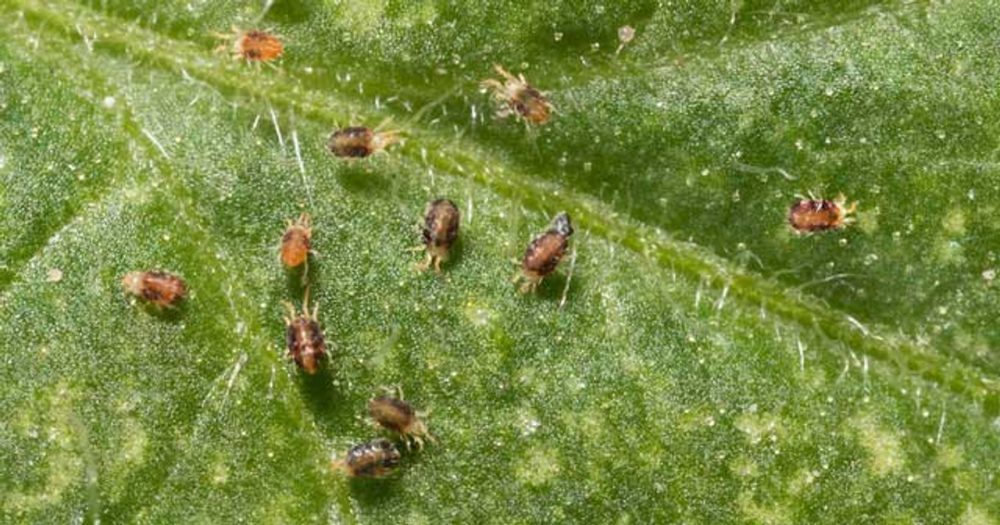

Diseases: Philodendron White Princess are also susceptible to a number of diseases, including leaf spot, root rot, and botrytis. These diseases can cause the leaves to turn yellow or brown and can even kill the plant if left untreated.
5. Final thought
The Philodendron White Princess is a gorgeous, low-maintenance plant that can bring a tropical charm to any space. You may help your plant grow and thrive for years to come by following the advice in this article.
Read more: Philodendrons: The Easy-to-Grow Houseplant That Will Add Beauty to Your Home
Xanh Xanh Urban Forest hopes that you found this blog article to be useful and educational. Please use the following to contact us with any questions:

